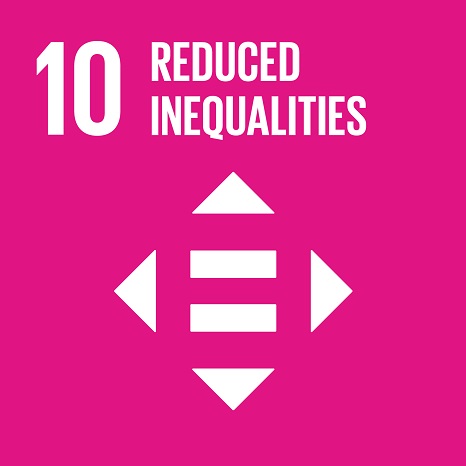Ciência_Iscte
Publications
Publication Detailed Description
Diverse physical growth trajectories in institutionalized portuguese children below age 3: relation to child, family, and institutional factors
Journal Title
Journal of Pediatric Psychology
Year (definitive publication)
2013
Language
English
Country
United States of America
More Information
Web of Science®
Scopus
Google Scholar
This publication is not indexed in Overton
Abstract
To identify and analyze diverse longitudinal trajectories of physical growth of institutionalized
children and their relation to child, family, and institutional factors. Methods 49 institutionalized
children were studied for 9 months after admission. Weight, height, and head circumference were measured on 4 occasions, beginning at admission. Data were analyzed using latent class analysis, yielding diverse patterns of growth for each feature, and relations with child characteristics, early family risk factors, and institutional relational care were investigated. Results For each growth feature, 4 classes emerged: ‘‘Persistently Low,’’ ‘‘Improving,’’ ‘‘Deteriorating,’’ and ‘‘Persistently High.’’ Younger age at admission was a risk factor for impaired physical growth across all domains. Physical characteristics at birth were associated with trajectories across all domains. Lower prenatal risk and better institutional relational care were associated with Improving weight over time. Conclusions Discussion highlights the role of children’s physical features at birth, prenatal risk, and caregiver’s cooperation with the child in explaining differential trajectories.
Acknowledgements
--
Keywords
Children,Longitudinal research,Parenting
Fields of Science and Technology Classification
- Psychology - Social Sciences
Funding Records
| Funding Reference | Funding Entity |
|---|---|
| PTDC/PSI-PCL/101506/2008 | Fundação para a Ciência e a Tecnologia |
| 13/06 | Fundação BIAL |
Contributions to the Sustainable Development Goals of the United Nations
With the objective to increase the research activity directed towards the achievement of the United Nations 2030 Sustainable Development Goals, the possibility of associating scientific publications with the Sustainable Development Goals is now available in Ciência_Iscte. These are the Sustainable Development Goals identified by the author(s) for this publication. For more detailed information on the Sustainable Development Goals, click here.

 Português
Português



